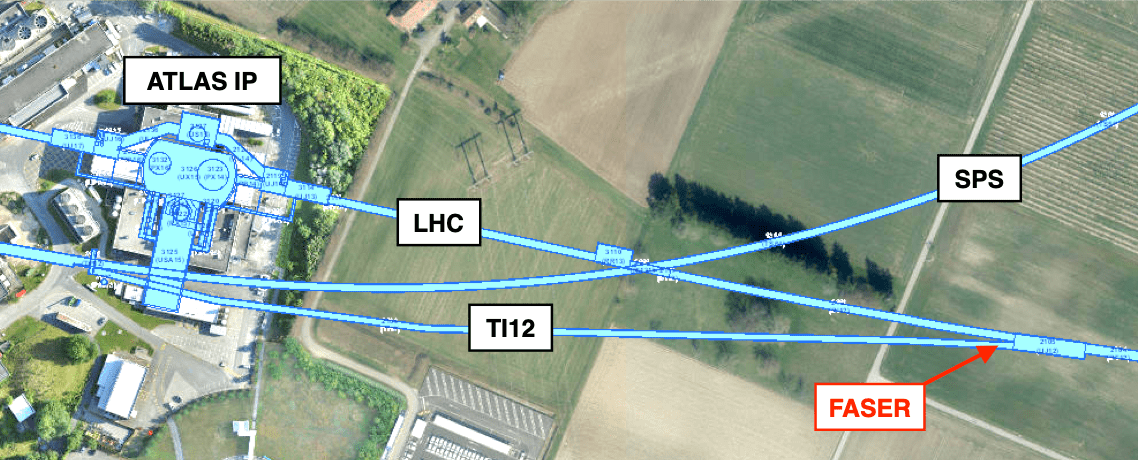
Researchers have detected possible neutrinos using a particle accelerator; a milestone.
Neutrinos are actually everywhere: they are one of the most abundant subatomic particles in the universe. However, they have no charge and almost no mass. It means that they do not interact strongly with normal matter. At the moment, billions of them are traveling through your body without you noticing. It is not for nothing that they are called ‘ghost particles’. But now, for the first time, these elusive and mysterious particles are leaving their mark in the Swiss particle accelerator.
Researchers now have in a new study Possible neutrinos detected for the first time using the Swiss Large Hadron Collider (LHC). It is a huge milestone and a big first. “Prior to this project, neutrinos had never been seen using a particle accelerator,” explains researcher Jonathan Feng. “This major breakthrough is a step toward developing a deeper understanding of these elusive particles and the role they play in the universe.”
Emulsion detector
A compact emulsion detector was installed at the LHC a few years ago. This consists of lead and tungsten plates which are alternated with layers of emulsion. During particle experiments in the Swiss particle accelerator, neutrinos can collide with nuclei in the lead and tungsten plates. This produces particles that leave traces in the emulsion layers. From this, researchers can derive information about the energies of the particles, their ‘flavors’ (as far as we now know, neutrinos come in three ‘flavors’: muon, electron and tau) and whether they are neutrinos, or antineutrinos.
To make it more understandable, the emulsion decor actually works in a similar way to photography in the pre-digital camera era. When 35-millimeter film is exposed to light, photons leave trails that appear as patterns when the film is developed. Similarly, the researchers were able to see neutrino interactions after removing and ‘developing’ the detector’s emulsion layers.
During the experiment, the researchers recorded six ‘neutrino interactions’ in the emulsion layers. And that provides the research team with crucial information. “First, it verified that the position of the instrument to the ATLAS interaction point (the largest of the LHC’s six detectors is called ATLAS, ed.) is the correct location for detecting colliding neutrinos,” said researcher Jonathan Feng. “Second, we have shown that we can observe neutrino interactions with an emulsion detector.”

The emulsion detector is located 480 meters from the ATLAS interaction point. The study found that this is a good location for detecting neutrinos resulting from particle collisions. Image: CERN
Larger version
The emulsion detector used was of relatively small size, weighing only 29 kilograms, for example. However, now that the research has shown that the method works, the team plans to build a larger version. The intention is that the future instrument will weigh almost 1,100 kilos. “This instrument will be much larger and significantly more sensitive,” says Feng. For example, the researchers hope that this larger version will be able to distinguish between different neutrino flavors and detect their anti-neutrino counterparts. And that is a big step forward. In all of human history, there have been only 10 observations of tau neutrinos alone. But the researchers expect to double or even triple that in the next three years.
“Given the power of the new detector, we expect to record more than 10,000 neutrino interactions,” said researcher David Casper. “We will detect the most energetic neutrinos ever to emerge from a man-made source.”
Source material:
“UCI-led team of physicists detects signs of neutrinos at Large Hadron Collider” – University of California, Irvine
Image at the top of this article: CERN